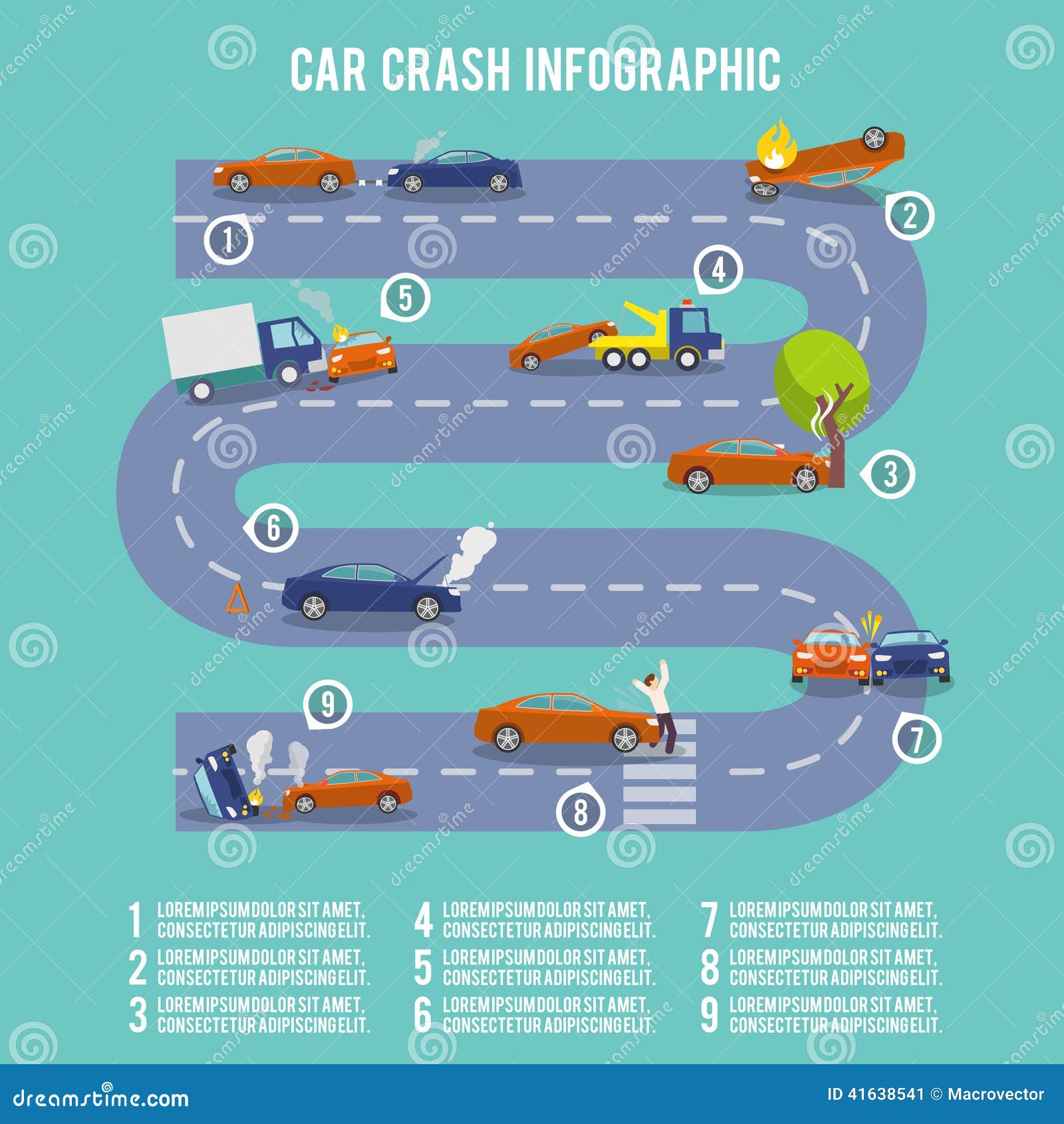An Introductory Guide To Decoding Your Lorry'S Caution Indicators
An Introductory Guide To Decoding Your Lorry'S Caution Indicators
Blog Article
Visit Web Page -Shah Kruse
When you lag the wheel, those little warning lights on your vehicle's dashboard can be fairly bewildering. What do they mean, and should you be worried? Comprehending https://alexisieyvw.yomoblog.com/36229532/comprehensive-tips-for-preserving-your-auto-s-interior-a-cleaning-checklist is crucial for your vehicle's well-being, yet it does not need to be an overwhelming job. By translating the mystery behind each light, you'll be geared up to handle prospective issues efficiently and keep your automobile running smoothly. So, following time a caution light flashes, don't panic - arm on your own with expertise and take control of the scenario.
Relevance of Car Caution Lights
Comprehending the significance of your cars and truck's caution lights is crucial for maintaining your vehicle's health and safety. These lights act as your automobile's communication system, notifying you to potential problems that might jeopardize your safety on the road or lead to pricey repair services if neglected. By taking note of these cautions, you can resolve problems early and avoid more damages to your lorry.
Overlooking cautioning lights can result in serious consequences, such as engine failing, brake malfunctions, or even mishaps. These lights are created to inform you of problems ranging from reduced tire stress to engine breakdowns, offering you the opportunity to take action prior to the scenario gets worse. Consistently inspecting and recognizing these warnings can conserve you time, money, and ensure your safety while driving.
Along with keeping you secure, reacting immediately to alerting lights can likewise aid lengthen the life-span of your automobile. By dealing with issues at an early stage, you can prevent small troubles from escalating into major repair services, inevitably saving you money and time in the future. Remember, your vehicle's warning lights are there for a factor - do not disregard them!
Common Caution Lighting and Meanings
When it pertains to driving your car, recognizing common caution lights and their meanings is vital for your safety and vehicle maintenance. Here are a couple of common warning lights you may run into:
1. ** Check Engine Light **: This light shows an issue with your engine. It could be something minor like a loosened gas cap or something much more significant like engine misfiring.
2. ** Battery Light **: This light signals a trouble with your car's charging system. It might show a damaged battery, alternator, or other associated components.
3. ** Oil Pressure Light **: When this light begins, it indicates your engine might be running low on oil or experiencing reduced oil pressure, which can lead to engine damages otherwise attended to promptly.
4. ** Brake System Light **: This light shows a concern with your braking system. It can imply reduced brake fluid levels or an issue with the brake system that requires instant focus.
Comprehending these usual warning lights will aid you identify possible issues early and avoid more significant problems in the future.
How to Respond to Warning Lighting
On the occasion that a caution light illuminates on your car's control panel, it's crucial to respond quickly and suitably. When a warning light begins, the initial step is to consult your owner's manual to comprehend the details issue shown by the light.
Some lights require instant attention, while others may show a less urgent matter. If the warning light is red or flashing, it's normally a sign of a major issue that requires instant activity. In such situations, it's suggested to pull over securely, switch off the engine, and seek professional help.
For yellow or orange warning lights, while they might not need prompt attention, it's still vital to address the underlying problem without delay to stop further damages. Regular upkeep and evaluation can assist stop warning lights from beginning unexpectedly.
Conclusion
To conclude, recognizing your vehicle's warning lights is critical for keeping your automobile's health and safety. By consistently inspecting and reacting to these cautions, you can address potential issues early and protect against pricey repair work or safety and security risks. Keep in mind to consult your owner's guidebook for details on different warning lights and constantly take instant activity for red or blinking lights. Remain aggressive and keep your car running smoothly!
